Well, no, not that, but when it comes to car colors it sure is! Today just over seventeen percent of cars are painted in a real color, such as red, blue or maybe even canary yellow. It was very different in the sixties and seventies. Didn't you see the umpteenth variant on gray or black, but the entire color palette passed by in the streets. Sometimes contrasting such as white, green, purple and orange, blue or red. Vibrant colours, which often worked well. But the slightly softer colors of toned-down shades were also in full swing. You wouldn't believe it, but soft yellow, soft pink, lilac, pale orange, soft blue or apple green were the order of the day. Nice is not it?!
Wood or black?
The color of the first cars was uninteresting. They were actually motorized horse-drawn carriages and they are still almost all unpainted today and therefore wood-colored or black. According to the Swiss newspaper Blick, the idea of different colors for cars only came when the first car races were organized. Polish-American count Eliot Morris Zborowski came up with the idea of painting the cars according to a color code assigned to the driver's country of origin. That was supposed to make it easier for viewers to distinguish who was in what place during a race. The different colors were first used during the Gordon Bennett Cup in 1900, which started in Paris and ended in Lyon. The color blue stood for France, white was for Germany, yellow for Belgium and red went to the United States. Later the color red went to Italy. In the beginning, British cars were light green. Only over the years did it become the darker and world famous 'British Racing Green'.
Revolution in accordance with the zeitgeist
It was not until much later that colors also became commonplace for the mass produced cars for the public road. The production cars remained somewhat boring for a long time in terms of color scheme. It wasn't until after World War II, when car manufacturers felt it necessary to shake off the staleness of the post-war period, that the color palette was used more extensively. Remarkably enough, not one car manufacturer that produced and sold its cars all over the globe was at the basis of that turnaround. It was the exclusive Italian sports car manufacturer Lamborghini. When the sports car Miura was introduced, wealthy customers could choose from an unprecedented number of 86 different colors. Lamborghini thus confirmed the awakening trend to use colors often. In the late 60s and into the 70s, cars suddenly became very colorful. It was a revolution in the zeitgeist. The colors were inspired by the free ideas of Woodstock, flower power and 'make love, not war'. This trend continued in the 70s with bright green Porsches, orange Opel Asconas and bright blue Ford Escorts and Carpis. At the end of the 80s, color television was also introduced in many European countries. Time for the disco stars and glam rockers to unpack their brightly colored costumes and present them in all their glory. Ultimately, the fashion creativity of ABBA, Elton John and the Bee Gees also reflects on the taste of the cars bought by the public. Even in the 911s, blue and red were still at the top of order forms. Features included the red Golf GTI and Porsche 80, which were the dream cars of the 'yuppies' of yesteryear in the late XNUMXs.
The roaring sixties and seventies!
In the 60s, the British car industry was at its peak. Their showpiece, the Mini, reflected the progressive philosophies of the British when it came to automotive construction. Technique, design, practicality and colour. So the Mini was offered in numerous color variants. Followed by all other British Leyland models such as Austin Allegro, Morris Marina and Triumphs. But the Germans were not left behind either, although they were often perceived as conservative. How about a Porsche 911 or 914 in signal orange, light yellow or daphne green? A Mercedes-Benz S-Class W 116 in mimosa yellow, mango green or thistle silver? It had never been seen before! Or take the VW Beetle, the epitome of German solidity, which was also suddenly available in Miami blue, rally yellow or Bali green. BMW even introduced its Art Cars, which are loved by car diehards, in the mid-70s. A series of colorfully decorated racing cars that followed each other to this day. Straight art, which has nothing to do with series-built production cars. At the end of the sixties, the French also quickly let go of their traditional 'bleu' and the Italians went all out. Just look at all the color variants of the classic Fiat 500, even today! How about a bright orange Fiat 131 Mirafiori, that was hip and racy at the same time. Or the affordable mid-engine sports car, the Fiat X 1/9. Most were sold in orange metallic or an appealing green color until the 80s. It never got boring on the street!
So yes, it was early…
In the 90s, customers wanted calmer colors again: silver and gray were the most popular. Black was mainly for motorists who wanted a sporty image. Black played well. And a color that made a comeback was white. Car dealers avoided the color white like no other. “With a white you stay put” was the predominant thought. White is a popular color again today. Not boring, nor sporty, but not a neck twister either. Just white. That's it. In recent years, cars seemed to become more colorful again. You can see various shades of brown reappearing, not ugly at all. And green also tries to steal the hearts. Doesn't really work, but often looks pretty good at Peugeot and BMW, for example. The return of the colorful colors does not really succeed. Despite the economic boom of recent years, in which people are more daring, it will not continue. The influence of the leasing companies? Common colors sell better. And with expectations of an imminent economic recession, the color palette for cars will remain the same for a while. Black and Fyfty Shades of Gray will continue to be the norm. Only part of the market remains for the colorful adventurers. What percentage of the market? It remains difficult to estimate.
So yes, when it comes to car colors it was really better early…!

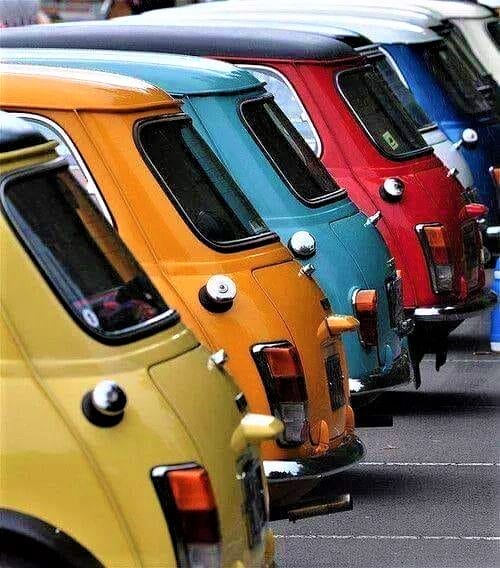






Audi 80 green, 1972 – 1978

1973


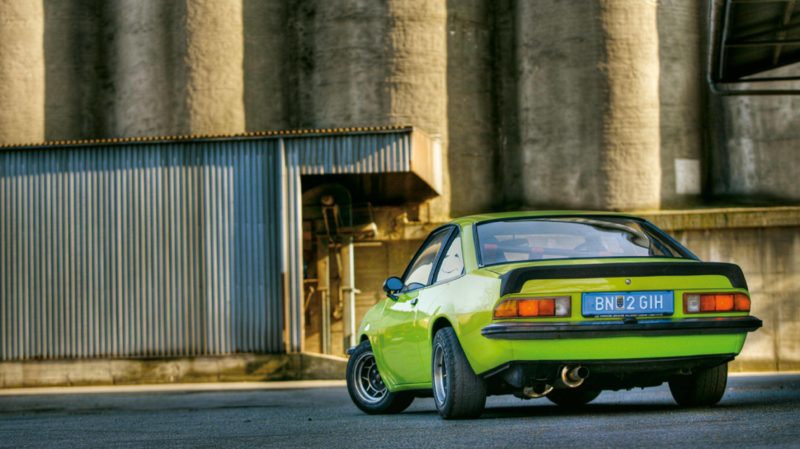



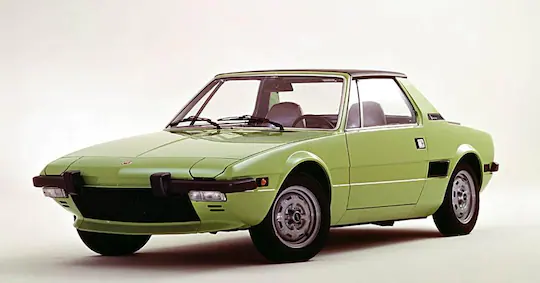
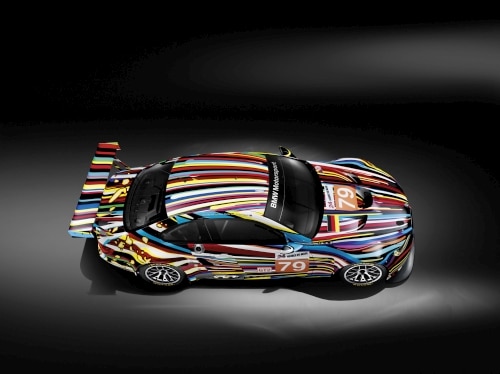
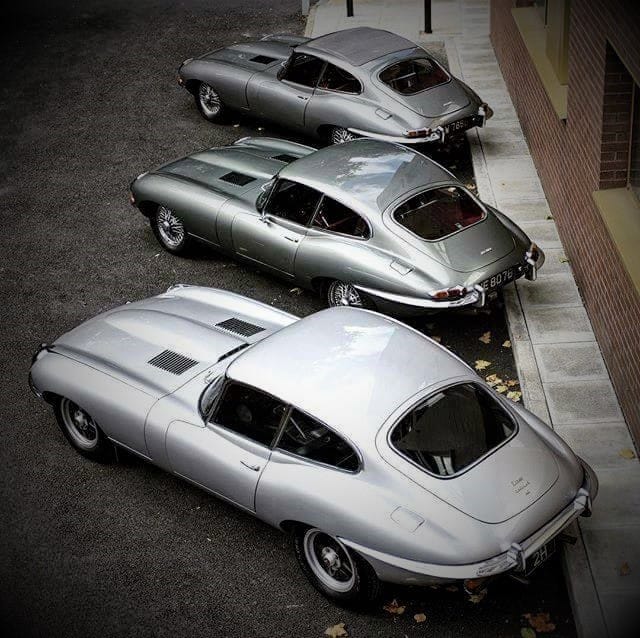

and unprecedented number of 86 different colors.

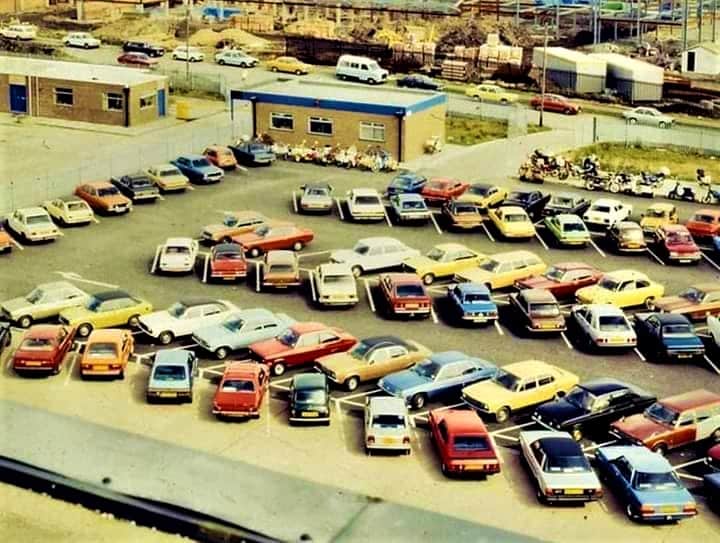

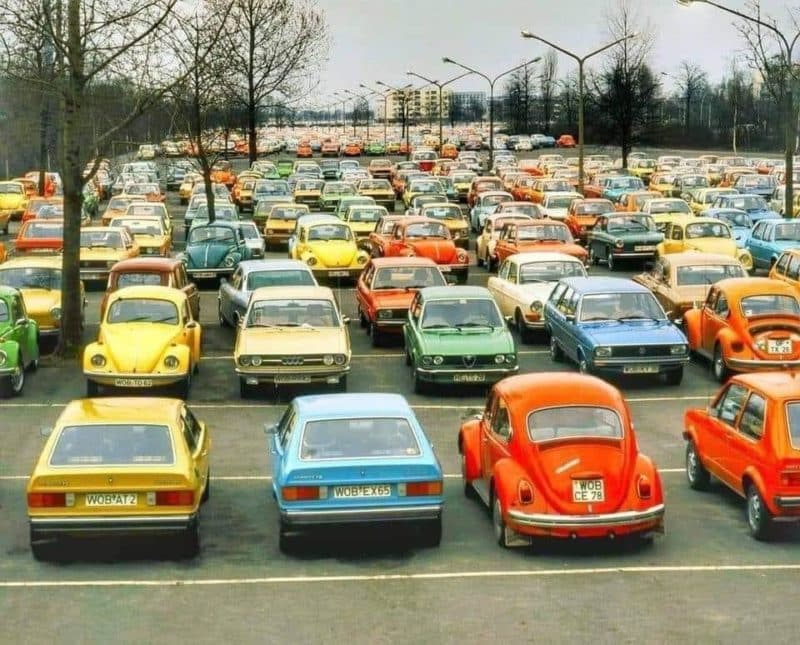

years ago at a campsite on Lake Constance (1986) we saw a canary yellow Rolls Royce with a caravan behind it and now I still don't know what surprised me the most. The canary yellow color of the car or whether a caravan was behind it.
The miura is from 1968. The Citroen DS from 1955 had a lot of twotone(!) color combinations. See https://www.nuancierds.fr/entreeuk.htm
There was a series “Flying panthers there” (I thought) on TV where in a sketch someone (a tokkie) buys a car that he thinks is delivered in the wrong color. The dealer was beaten up and when he came home with the asset, the tokkie turned out to be color blind.
I tried to find a link but unfortunately I couldn't.
Another myth, British Racing Green does not actually exist any more than Ferrari red. Go to a paint store and they won't know what to give you. Are not defined colors. At least it seems that Ferrari recently added a Ferrari red to their range, because so many people asked to get their car in 'Ferrari red'.
The last photo is from the late 70s, I see a Simca Horizon, Fiat Ritmo, various Fords from the end of the 70s, etc.
A colleague of mine used to say he had a "Ferrari red" Deewoe. That addition Ferrari really had sentimental value.
It is also a myth that separate colors cause low trade-in prices and / or difficult selling of the car. Precisely because there is so little color, they are very popular second-hand and certainly worth no less, sometimes even more, than such a standard white/grey/black.
Of course, that does not apply to an extremely different and not beautiful color.
Believe Henry Ford once said that the customer "can have any color as long as it's black". And when the French army needed a lot less equipment in Africa, Renault was left with a lot of pots of paint in that yellow camouflage color. Many Renaults in that color were sold at the time. I especially heard company cars.
Clock/clapper.
Indeed, Ford said so. A few years after the production start of the T-Ford, people wanted / had to increase production and they looked for factors that shortened the production time. Since black paint dried the fastest, it was the only color available. So before that time other colors T-Fords were delivered from the factory and afterwards there were also people who gave their T a different color.
Renault had to build trucks for the Nazis in WWII. They did, but much less than ordered. A whole batch of yellow (sand-coloured) paint remained from the Afrika Korps. The first 4CVs were delivered in that color (not very large numbers) because paint was scarce so soon after the war; almost everything was scarce. Because of the round shape and this color, the 4CV was called 'butter cube' (motte de beurre) in France.
Blundertje: brown car is not a 140 Volvo, but a 164E, presumably MY 1972 or 1973.
(“volvo” next to the type plate fender LV is sitting there illegally.)
First photo: who would have expected so much color at that Teutonic car factory with even about three car enthusiasts (Alfa, Duck and R4) in between.
It is a myth that all cars used to be black, probably because of the black and white photos and films. From the beginning, cars (and also carriages) were painted, often very nicely with piping and such and otherwise the many copperwork provided some color. Even the T-Ford could be seen on the street in many colors, because although it left the factory mostly in black, there were people who painted their T, especially if it was a commercial vehicle.
Renault set up a special department in the 50s, led by a lady from the fashion world, who had to provide color in the interior and exterior. First seen on the Dauphines. In the USA the cars at that time of course also had all the colors of the rainbow. The pinnacle of color was in the 70s up to bright yellow fat Mercedes. I think it only really went wrong around 2000 and it became white, gray or black. Some manufacturers are still trying to bring some color into life, especially the French and Italian ones. Just look at the Clio with its special colors red, blue or orange and the new electric R5 in beautiful yellow!
Again a nice article that is about cars in general.
I am currently working on a restoration, and guess what… the grayish blue color will have to make way for a light gold metal color of Citroen, accentuated with lots of chrome.
In this way I also try to contribute to breaking through the dullness on the roads.